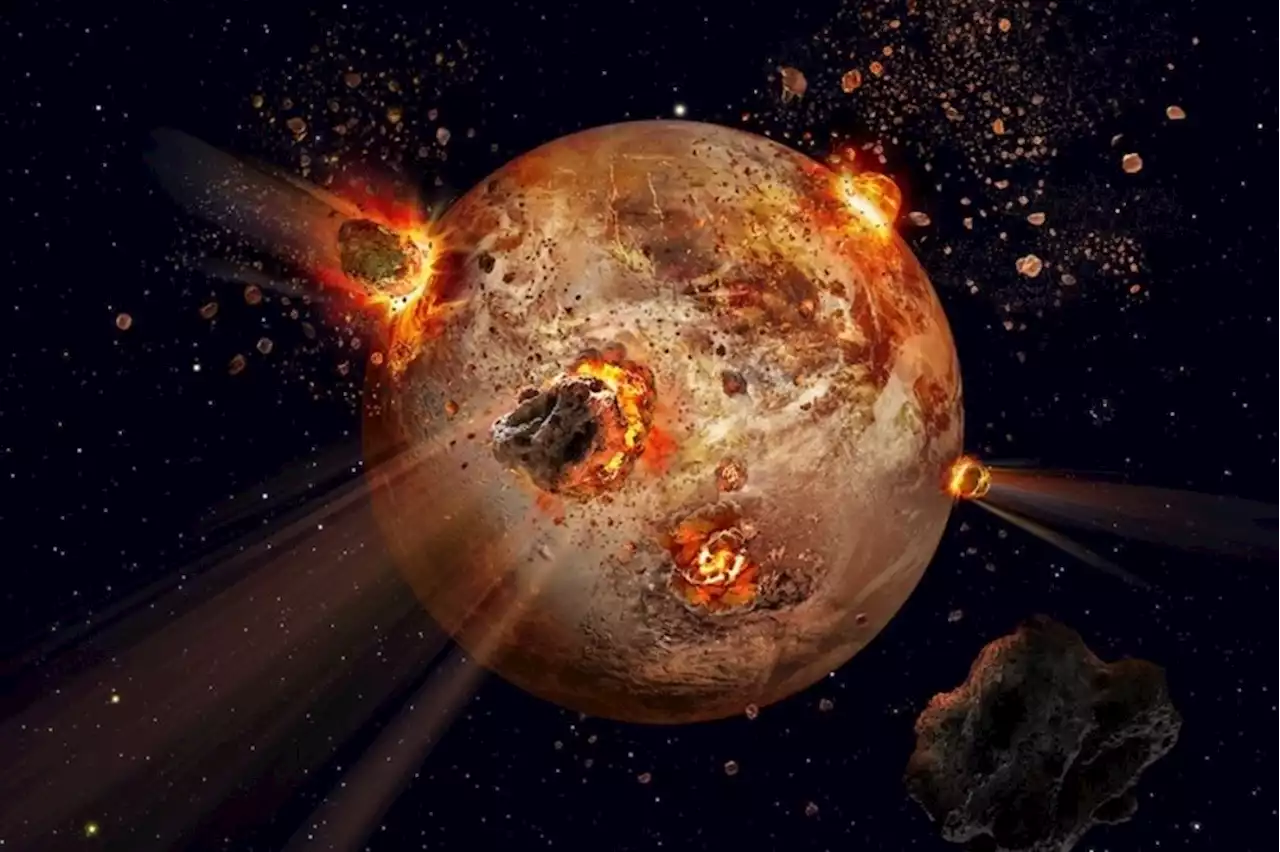Asteroid strikes, supernovae blasts and other calamities could take out humanity. But no matter what, a cataclysmic event 1 billion years from now will rob the planet of oxygen, wiping out life.
suggest it would take a truly gigantic space rock to accomplish such a feat. Killing all life on Earth would require an impact that literally boils away the oceans. And only asteroids like Pallas and Vesta — the solar system’s largest — are big enough to do that. There is evidence that. But these days, collisions of such large objects are extremely unlikely.
What could have caused such an extreme event? During the Ordovician period, the continents were one jumbled mass called Gondwana. Most life on Earth still lived in the oceans, but plants were beginning to emerge on land. Then, near the end of the Ordovician, a sweeping climate shift left the supercontinent covered with glaciers. That global cooling alone was enough to start killing off species.
The bright beams of light dubbed gamma-ray bursts may originate in binary star systems, as shown in this illustration. Even if a sudden spate of global cooling sparked the Late Ordovician mass extinction, what set that in motion in the first place? Over the years, numerous astronomers have suggestedGRBs are mysterious events that seem to be the most violent and energetic explosions in the cosmos, and astronomers suspect they’re tied to extreme supernovas.
United States Latest News, United States Headlines
Similar News:You can also read news stories similar to this one that we have collected from other news sources.
 Asteroid named after pope behind Gregorian calendar reformPope Gregory XIII, the 16th century pontiff responsible for what is today known as the Gregorian calendar, now has another, celestial claim to fame.
Asteroid named after pope behind Gregorian calendar reformPope Gregory XIII, the 16th century pontiff responsible for what is today known as the Gregorian calendar, now has another, celestial claim to fame.
Read more »
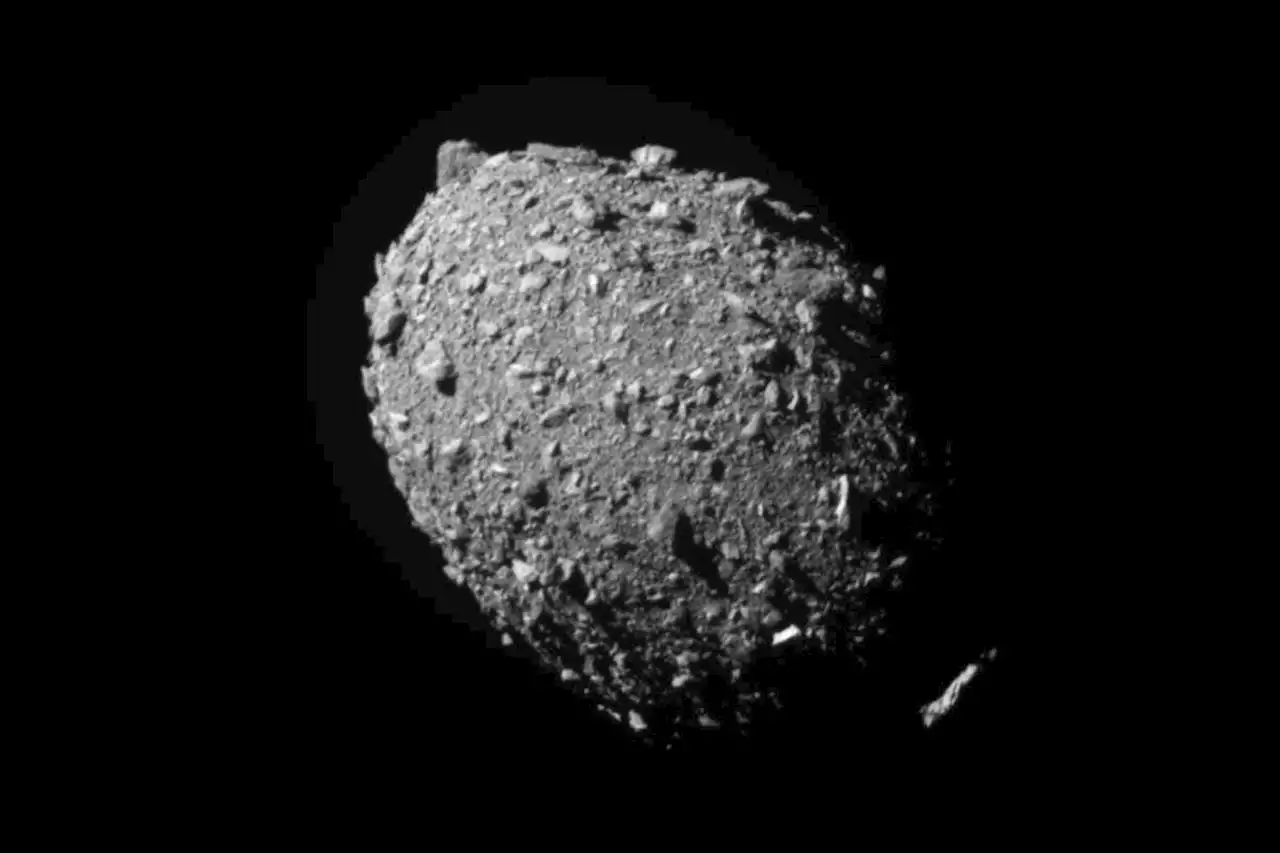 What we learned from NASA's asteroid-smashing DART missionThe Double Asteroid Redirection Test smashed into the asteroid Dimorphos in 2022, and the huge plume of rubble from the collision more than tripled the momentum transferred from the spacecraft to the asteroid
What we learned from NASA's asteroid-smashing DART missionThe Double Asteroid Redirection Test smashed into the asteroid Dimorphos in 2022, and the huge plume of rubble from the collision more than tripled the momentum transferred from the spacecraft to the asteroid
Read more »
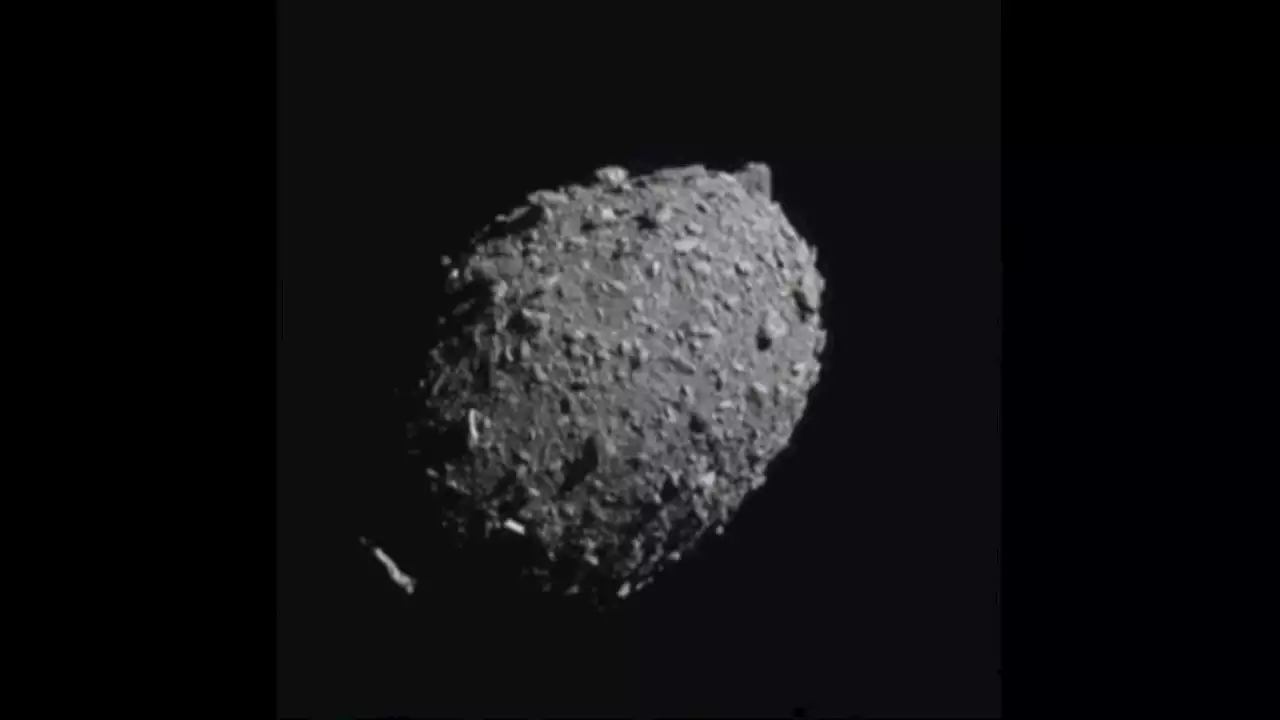 DART's epic asteroid crash: What NASA has learned 5 months laterWe now know that we can knock an asteroid off course.
DART's epic asteroid crash: What NASA has learned 5 months laterWe now know that we can knock an asteroid off course.
Read more »
 NASA Slammed a Spacecraft Into an Asteroid And It Didn't Go Quite as ExpectedIn September of last year, after years of careful planning and development, NASA crashed a spacecraft smack into a rock drifting through the Solar System, just minding its own business.
NASA Slammed a Spacecraft Into an Asteroid And It Didn't Go Quite as ExpectedIn September of last year, after years of careful planning and development, NASA crashed a spacecraft smack into a rock drifting through the Solar System, just minding its own business.
Read more »
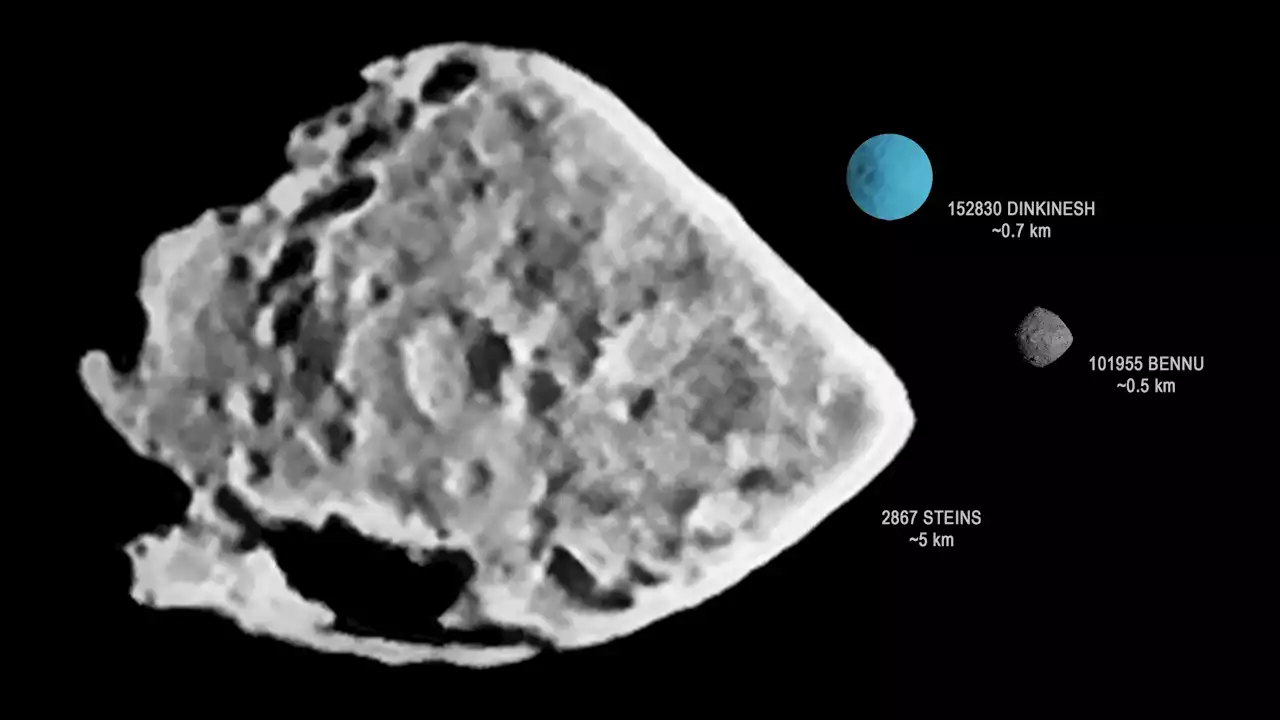 Introducing “Dinkinesh” – First Asteroid Target for NASA’s Lucy Mission Gets a NameThe first asteroid to be visited by NASA's Lucy mission now has a name. The International Astronomical Union has approved the name (152830) Dinkinesh for the tiny main belt asteroid that the Lucy spacecraft will encounter on November 1, 2023. “Dinkinesh,” or ድንቅነሽ in Amharic, is the Ethiopian name f
Introducing “Dinkinesh” – First Asteroid Target for NASA’s Lucy Mission Gets a NameThe first asteroid to be visited by NASA's Lucy mission now has a name. The International Astronomical Union has approved the name (152830) Dinkinesh for the tiny main belt asteroid that the Lucy spacecraft will encounter on November 1, 2023. “Dinkinesh,” or ድንቅነሽ in Amharic, is the Ethiopian name f
Read more »
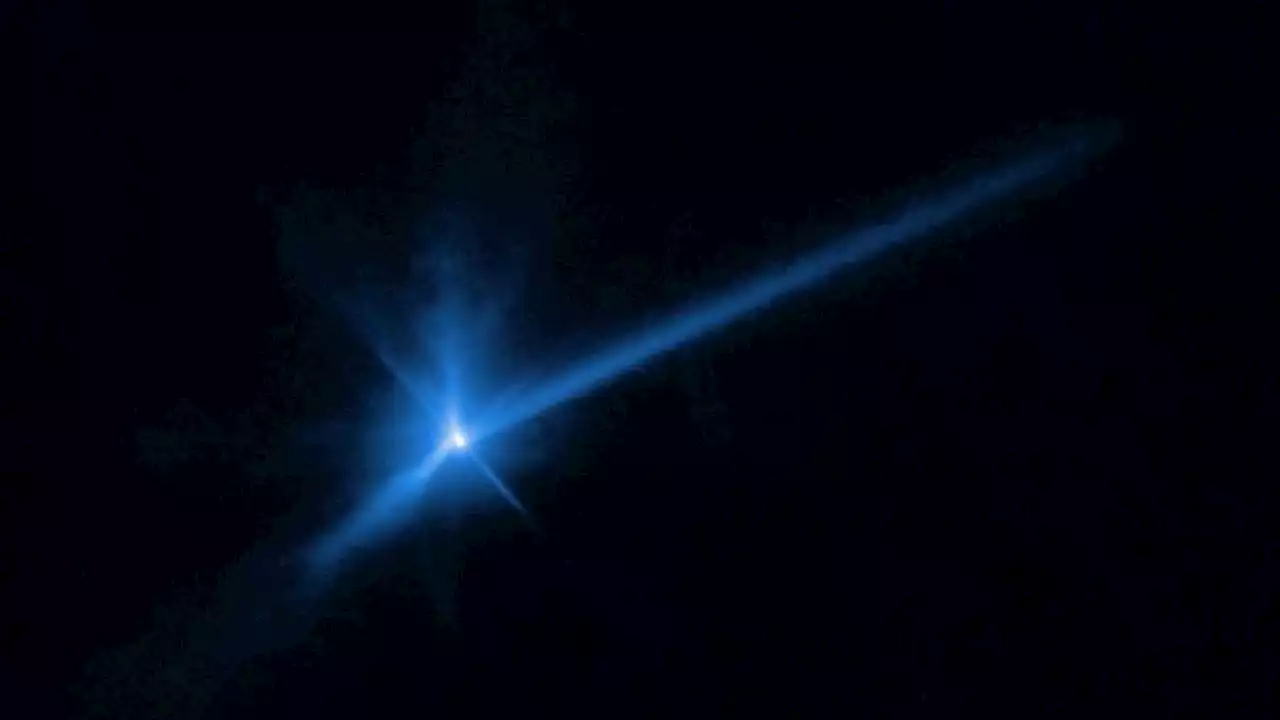 Slam! Hubble sees strange changes in asteroid dust after DART collision (video)Science continues to roll in from DART's epic September 2022 asteroid crash.
Slam! Hubble sees strange changes in asteroid dust after DART collision (video)Science continues to roll in from DART's epic September 2022 asteroid crash.
Read more »
